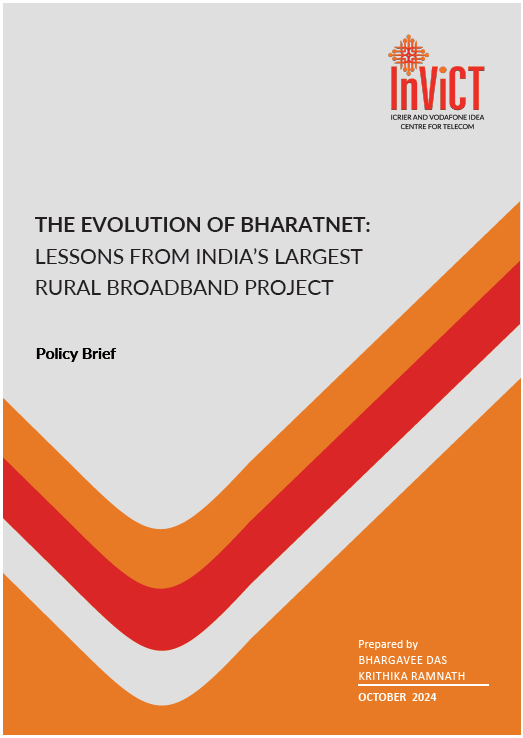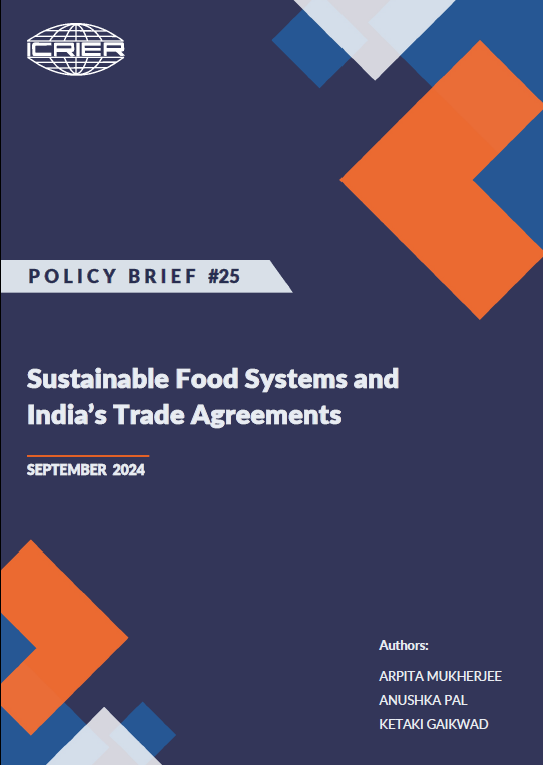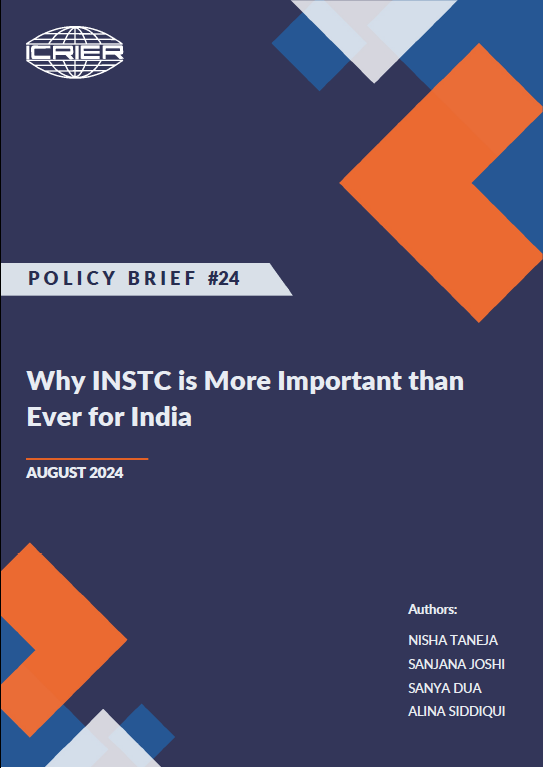
With more than a few booms, crashes, and speculative bubbles, the inherent risks of the burgeoning crypto industry are now well acknowledged. Effective regulation, especially in areas of investor protection, can help build trust in markets like India, which are leading the global adoption race. This paper draws on the international policy roadmap recommended by the International Monetary Fund (IMF) and the Financial Stability Board (FSB) for crypto asset regulation. While tracing the taxonomical inconsistencies around crypto assets, this paper discusses the regulatory responses of different countries towards mitigating risks from crypto, particularly those facing investor protection. We present a comparative assessment of self-regulation and government intervention for investor protection. Based on cross-sectoral case studies, we conclude that industry self-regulation is inadequate to ensure investor protection in the long run. The government needs to leverage international experience and work towards harmonized global regulation. While close industry collaboration is necessary to help the market evolve, it cannot substitute sharp government oversight.






